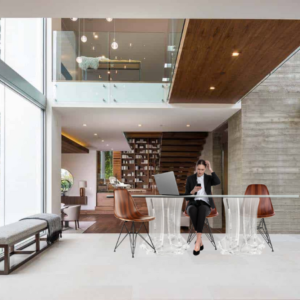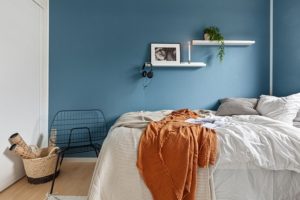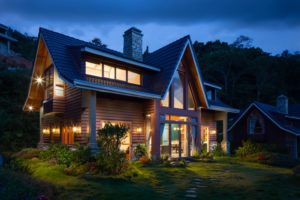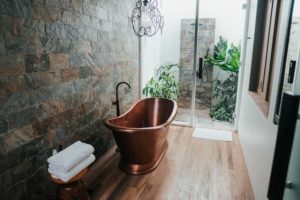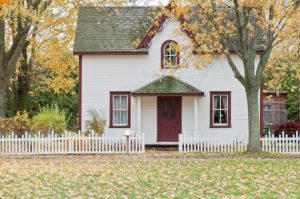
If you are like the majority of potential homeowners, you have a clear picture of your ideal home. It’s unlikely that you’ll find a home that perfectly matches your design preferences, but you can design your own! You can make your vision a reality with just a pad of paper and a few interesting and inspiring ideas. You must create a fundamental vision with your dream landed house design and build. Before you draw a single line, imagine what kind of home you’d want to live in if money were no object. The first stages of the design process are about how you define your desires, not building materials or zoning regulations. You already have a few ideas that just need to be worked out. Below are the most frequent ideas for creating the design for your dream home.
1. Be Simple
You don’t need any fancy software to make some decisions about your custom home plan. You don’t need any fancy software. You only need a pencil and a sketchbook. Draw out your ideas. Brainstorm. Make a list of the features you want in each room – anything to get your thoughts out of your head and onto paper. Even rough sketches can aid your home design team in comprehending your desires.
2. Consider the Future
Do you care or intend to have children in the near future? Do you have any elderly relatives? If that’s the case, you’ll need to consider how to accommodate close family members in a variety of situations, including returning college students, grandchildren, and grandparents, and even extended family for holidays. If you want to go from working in an office to running your own business from home, your custom home design should include an office or flexible space. When you consider the amenities in your custom home plan, you’re essentially deciding what kind of family you want to be. It usually involves features that will be useful to your older self.
3. Look for Some Designs in an Architectures Magazines
Going to the bookstore and looking through some domestic architecture photo books or home design magazines can help you get your creative juices flowing. You’ll get a good idea of current design trends as well as styles that were popular in previous decades or are only now becoming popular in other parts of the country.
4. Prioritize Important Details
Begin prioritizing features for your new home once you’ve written down your ideas in rough form. If you let your imagination run wild, custom home design can easily go over budget. With so many luxurious options, it’s critical to focus on the most important aspects of your design. For example, if you’ve always wanted a kitchen box window where you can grow herbs, you might want to put that ahead of installing a gas line to accommodate a gas stove.
5. Maximize Your Property
Those looking for a custom house plan frequently already own the land on which it will be built. If you’ve already decided on a location for your custom home, take into account the lot’s topography, size, and best features. If your property has a view of a natural setting, for example, you might want to turn the living room toward it so that your family can enjoy the scenery. If your property has a brook or stream, you might want to put the bedrooms closest to the stream so you can sleep to the sound of running water.
6. Lighting From the Sun is Important
The placement of rooms in a custom home plan is also influenced by light. If you want to enjoy natural morning light in your dining nook, for example, you should face it east, where it will catch the morning sun. It’s also a good idea to consider how the electrical lights in your home will help you relax. To make food preparation easier, a custom home designer might recommend installing bright task lighting for kitchen countertops. Lighting can also set a mood—dimming sconces in the bedroom, for example, can evoke feelings of romance or peace.
7. Sketch Your Floor Plan
Block out the essential areas first—for example, two bedrooms on one end of the lower level, with the master bed and bath across the hall. Allow space in the center of your layout for an open family room or study, then fill in the plots for the kitchen, laundry room, dining room, and other important spaces on the opposite end.
